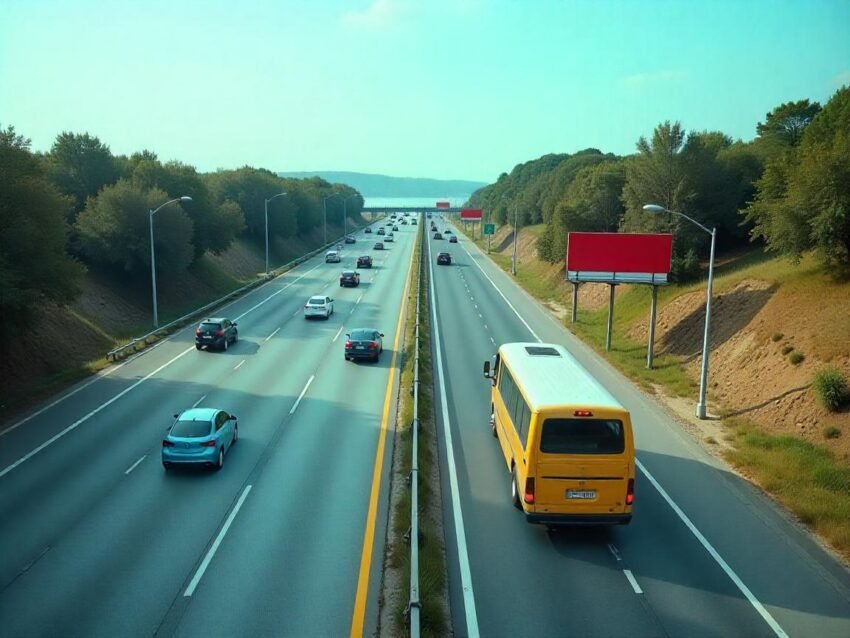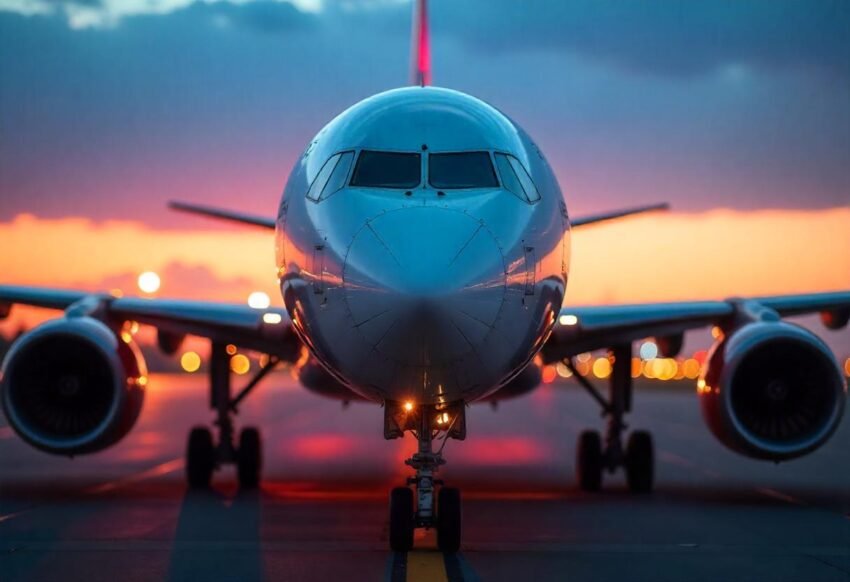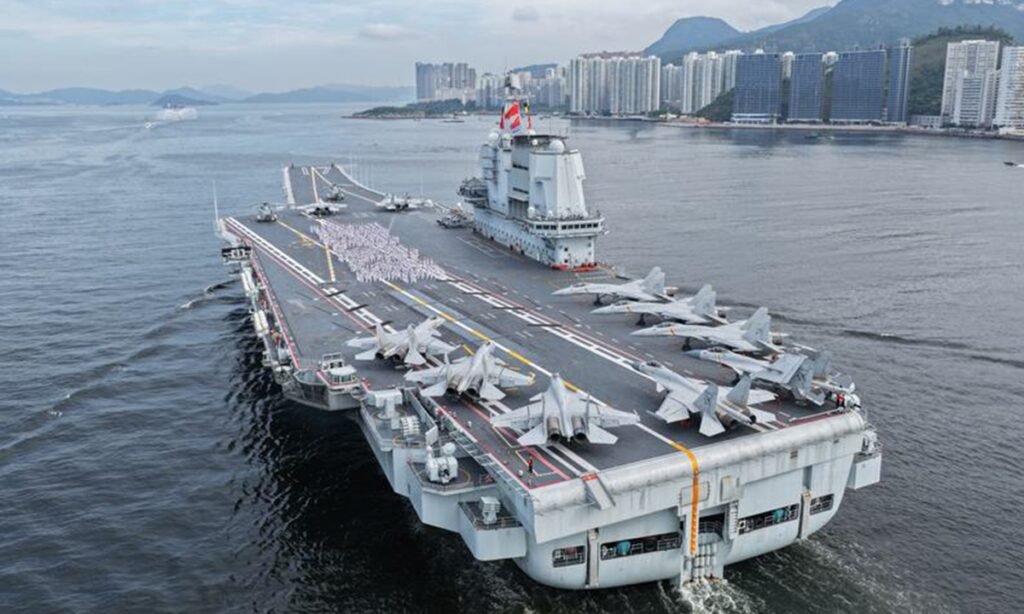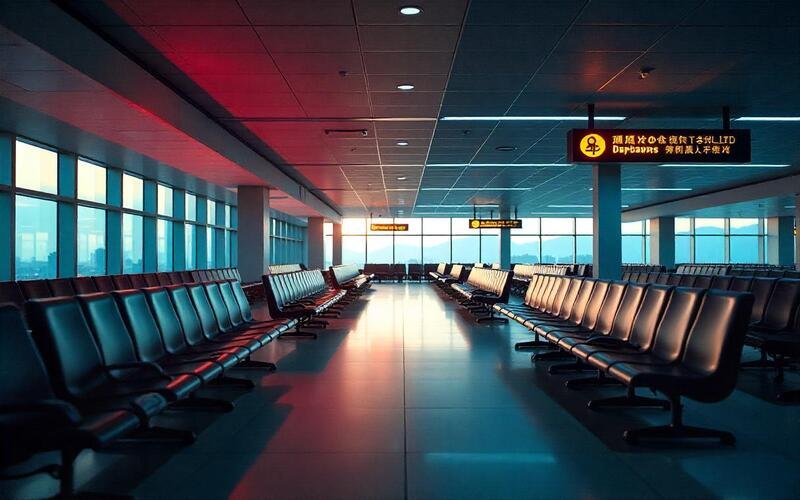Sunday, July 6, 2025
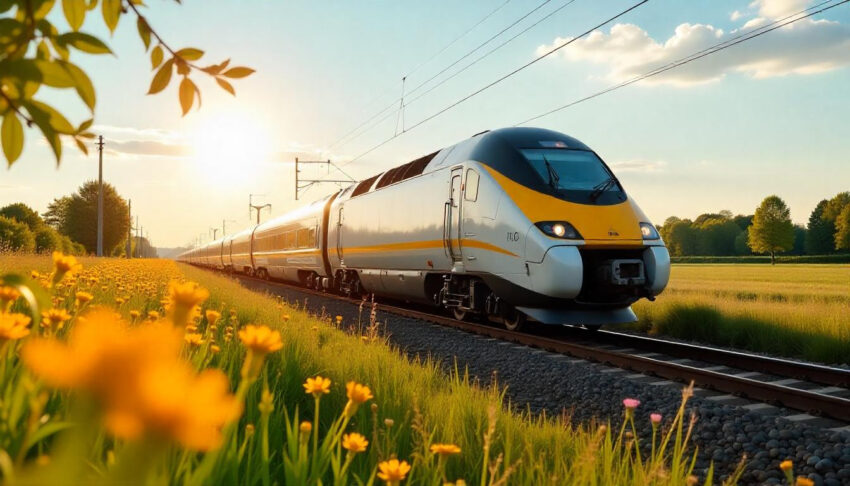
In response to increasing demand for international rail travel, Eurostar has introduced a significant change at London’s St Pancras International Station. Starting now, passengers will be able to board trains 30 minutes earlier than usual, alleviating the severe overcrowding issues that have plagued the station, particularly during peak times. This shift is part of a three-stage plan aimed at boosting capacity at one of the busiest transport hubs in the UK, particularly in anticipation of the EU’s new Entry/Exit System (EES) set to be implemented later this year.
This development highlights the growing popularity of international rail travel and the pressing need to adapt transport infrastructure accordingly. As Eurostar services reach new heights of popularity, the station is preparing to accommodate more passengers than ever before. In this article, we’ll explore the reasons behind the decision, the future of international rail travel, and what Eurostar is doing to meet the demands of passengers heading to mainland Europe.
Rising Demand for International Rail Travel
Eurostar, the high-speed train service that connects London to major European cities such as Paris, Brussels, and Amsterdam, has seen a remarkable increase in passenger numbers this year. According to the rail operator, Eurostar has already recorded some of its busiest weeks on record, with 136,000 passengers traveling through St Pancras in just one week.
This increase in passenger numbers reflects a broader trend in the transportation industry: rail travel is becoming a more popular choice for international trips. Whether it’s the growing concern over the environmental impact of flying or simply the comfort and ease of traveling by train, more people are opting for Eurostar’s services.
Passenger numbers at St Pancras have already increased by 4.23% year-on-year, translating into an additional 101,000 travelers between January and June alone. This surge is set to continue as the demand for international rail travel is expected to triple by 2040, pushing St Pancras Station and Eurostar to rethink their operations and infrastructure to stay ahead of the curve.
The Strain on St Pancras Station
While the surge in demand for Eurostar services is a positive sign of the company’s success, it has also led to some logistical challenges. St Pancras International, an iconic Victorian building and one of the busiest train stations in the UK, has been under increasing pressure to handle the growing number of passengers. The station, though historic and centrally located, has limited space, and overcrowding has become a frequent issue, especially during peak travel times.
Passengers have often reported long queues at check-in, security, and border controls, with some even having to stand in the departure lounge due to lack of seating. This situation is compounded by the lack of available space for expansion, creating a need for creative solutions to handle the growing passenger numbers.
The decision to allow earlier boarding is a direct response to these challenges. By enabling passengers to board their trains 30 minutes before departure, the station hopes to ease congestion in the departure area and provide a more comfortable experience for travelers. This move is just one part of a broader, phased plan to expand capacity and modernize the station’s infrastructure in anticipation of the future growth of international rail traffic.
A Three-Stage Capacity Expansion Plan
To address these challenges and prepare for future demand, Eurostar and London St Pancras International are rolling out a three-stage capacity expansion plan. This plan aims to not only accommodate the growing number of passengers but also to create a travel experience that can rival other world-class transport hubs like Heathrow Airport’s Terminal 5.
Currently, St Pancras can accommodate around 1,800 passengers per hour. However, by the end of the expansion plan, this capacity is expected to more than triple to an impressive 5,000 passengers per hour. This expansion is critical as international rail travel is projected to grow from 11 million passengers per year to an estimated 35 million passengers per year by 2040. With such a sharp increase in demand, it’s essential that Eurostar and St Pancras adapt to meet the needs of future travelers.
Preparing for the EU’s EES
One of the driving forces behind the need for increased capacity at St Pancras is the upcoming EU’s Entry/Exit System (EES), which will come into effect in October 2025. The new system will replace the current physical stamping of passports with an electronic system that will require new technology and scanning capabilities at both EU and Schengen Zone borders.
The implementation of the EES is expected to cause delays at border controls, particularly during peak travel times. In preparation for this, Eurostar and St Pancras are doubling the number of border staff and manual booths to handle the expected influx of passengers. Additionally, up to 49 EES kiosks will be installed around the station, helping speed up the passport control process. These kiosks will be placed at various locations throughout the station, including areas currently used by domestic rail operators.
The EES will be followed by the European Travel Information and Authorisation System (ETIAS) in 2026. This system will require passengers traveling to the EU to pre-register personal details and pay a €7 fee before they are allowed to travel.
Future-Proofing St Pancras Station
The overall goal of the three-stage capacity expansion plan is to future-proof St Pancras International and ensure that it can handle the projected increase in international rail traffic. As demand for rail travel continues to rise, Eurostar is focused on delivering a seamless and efficient travel experience that will keep it competitive with other forms of transportation, such as air travel.
Richard Thorp, Chief Operating Officer of London St Pancras High Speed, emphasized that the station and Eurostar are committed to providing an exceptional service. “We need to outperform the competition and promote what is great about the city-centre to city-centre transport experience—the ‘café to café’ journey experience,” Thorp explained. The goal is to make St Pancras International not just a transit hub but a destination in itself.
What This Means for Passengers
For passengers, these changes will translate into a more comfortable and efficient travel experience. The earlier boarding times will help alleviate congestion in the departure lounge, giving travelers more time to relax before their journey. The additional EES kiosks and increased staff at border controls will streamline the passport control process, reducing delays and making it easier for passengers to get through security.
Moreover, with Eurostar working to future-proof St Pancras, passengers can expect more direct routes to Europe and faster, more reliable services in the coming years. As international rail travel becomes more popular, the service is likely to continue to expand, offering more routes, affordable pricing, and better services to meet the needs of travelers.
The Growing Popularity of Train Travel
The shift towards train travel has become increasingly evident, particularly in Europe, where many countries are investing in high-speed rail networks. With concerns about climate change and the environmental impact of flying, many travelers are turning to train travel as a more sustainable alternative. The Eurostar expansion plans reflect this broader shift, as more and more people choose the convenience, comfort, and eco-friendly nature of rail journeys.
As demand for international rail travel continues to rise, Eurostar is making the necessary investments to ensure that St Pancras International remains one of the world’s most efficient and comfortable transport hubs. Passengers can look forward to a smoother travel experience and more options for connecting to destinations across Europe.
Conclusion
The expansion of Eurostar services and the three-stage capacity plan for St Pancras International are vital steps in preparing for the growing demand for international rail travel. As travel habits shift and more passengers opt for train travel over flying, Eurostar is working hard to improve passenger experience and provide a modern, efficient, and comfortable journey.
With the EU’s EES and the ETIAS systems on the horizon, Eurostar is positioning itself to continue to grow and meet the needs of an increasingly mobile population. The changes to St Pancras International are just the beginning of what will be an exciting and dynamic period for international rail travel in the years ahead.
«Enjoyed this post? Never miss out on future posts by following us»





